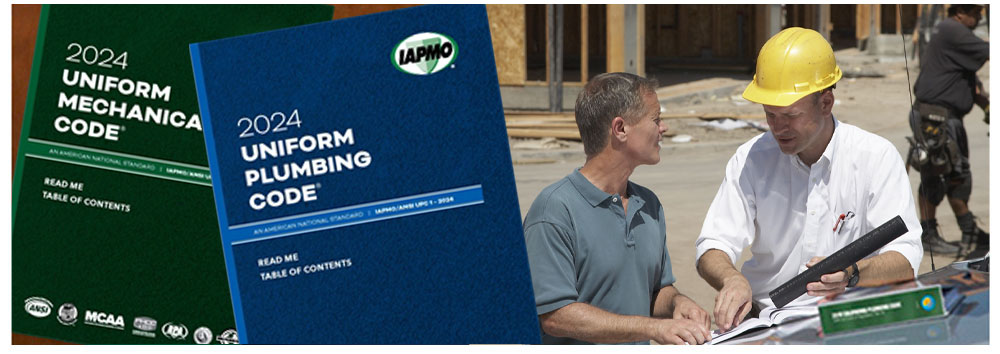May 22, 2025

From the 2024 UPC Illustrated Training Manual, Chapter 11, STORM DRAINAGE
1101.8 Areaway Drains. Open subsurface space adjacent to a building, serving as an entrance to the basement or cellar of a building, shall be provided with a drain or drains. The areaway drains shall be not less than 2 inches (50 mm) in diameter for areaways at a maximum of 100 square feet (9.29 m2) in area, and shall be discharged in the manner provided for subsoil drains not serving continuously flowing springs or groundwater (see Section 1101.6.1). Areaways exceeding 100 square feet (9.29 m2) shall not drain into subsoil drains. The drains for areaways exceeding 100 square feet (9.29 m2) shall be sized in accordance with Table 1103.2.
Area drains or areaway drains are receptors designed to collect surface or storm water from an open area usually set below grade level. An example of this is a landing located at the bottom of an exterior stairwell that leads to a basement entrance to a building. Failure to provide adequate drainage for these locations could lead to flooding of the building (see Figure 1101.8).
Small areas (under 100 ft2) may drain to the subsoil drain and be discharged from the building through the subsoil pump. Larger areas (above 100 ft2) could conceivably receive enough rainfall to overload a subsoil drainage system and cause damage to the building. For this reason, these types of areas must connect to a building storm drainage system or be separately pumped out of the building, terminating to an approved location. These larger drains shall be sized using Table 1103.2, Sizing of Horizontal Rainwater Piping. See Section 1103.2 and the sizing examples at the end of this chapter for sizing information.

WINDOW AREAWAY DRAIN
From the 2024 UMC Illustrated Training Manual, Chapter 5, EXHAUST SYSTEMS
511.2.2 Exhaust-Air Volumes. Exhaust air volumes for hoods shall be of sufficient level to provide for capture and removal of grease-laden cooking vapors. Test data, performance tests acceptable to the Authority Having Jurisdiction, or both shall be displayed, provided on request, or both. [NFPA 96:8.2.2.1, 8.2.2.2] Lower exhaust air volumes shall be permitted during no-load and partial load cooking conditions, provided they are sufficient to capture and remove flue gases and cooking effluent from cooking equipment.
When demand control grease duct exhaust is approved, replacement air shall be automatically controlled by variable-speed fans, dampers, or equivalent controls to ensure the proper air balance of the building. Prior to approval, the AHJ would review the design plans for a facility with a commercial kitchen ventilation system, which would typically include a table or diagram indicating the design outdoor air balance over the full range of anticipated airflow. The total replacement airflow rate would need to equal the total exhaust airflow rate plus the net exfiltration. It could be permissible to supply replacement air to the kitchen space by using transfer air from areas other than the kitchen.
Continuous exhaust air volumes for hoods shall be maintained at a sufficient level to provide for the capture and removal of grease-laden cooking vapors. Lower exhaust-air volumes shall be permitted during no-load and partial load cooking conditions provided they are sufficient to capture and remove flue gases and cooking effluent from cooking equipment. Designers and operators should consider the effect of the multiple pilot lights and grease vapors emitted from cooking equipment during long periods of non-use or occasional use and adjust ventilation timing or equipment types to compensate.
(This is not to be considered the official position of IAPMO, nor is it an official interpretation of the Codes.)

IAPMO
IAPMO develops and publishes the Uniform Plumbing Code®,the most widely recognized code of practice used by the plumbing industry worldwide; Uniform Mechanical Code®; Uniform Swimming Pool, Spa and Hot Tub Code®; and Uniform Solar Energy, Hydronics and Geothermal Code™ — the only plumbing, mechanical, solar energy and swimming pool codes designated by ANSI as American National Standards — and the Water Efficiency Standard (WE-Stand)™. IAPMO works with government, contractors, labor force, and manufacturers to produce product standards, technical manuals, personnel certification/educational programs and additional resources in order to meet the ever-evolving demands of the industry in protecting public health and safety.
Last modified: May 22, 2025
